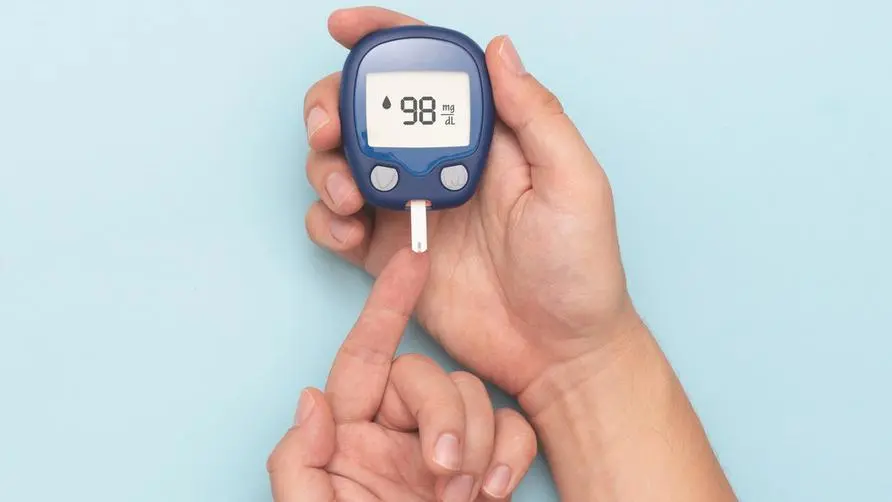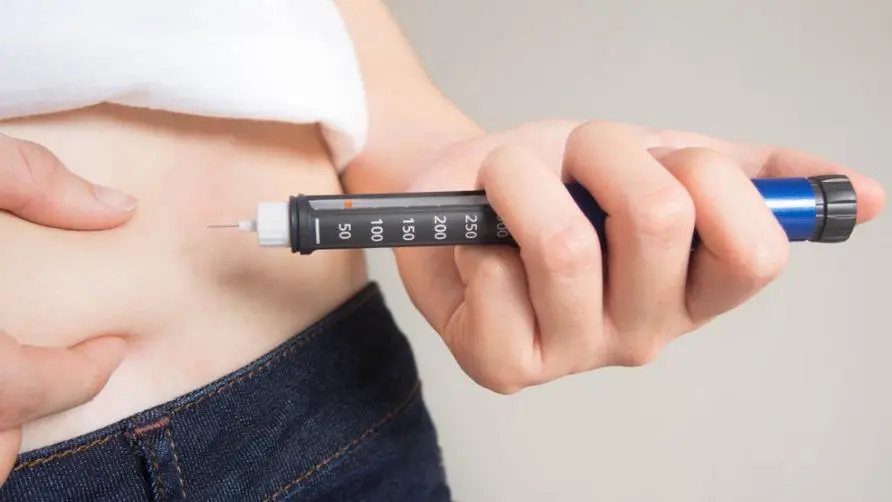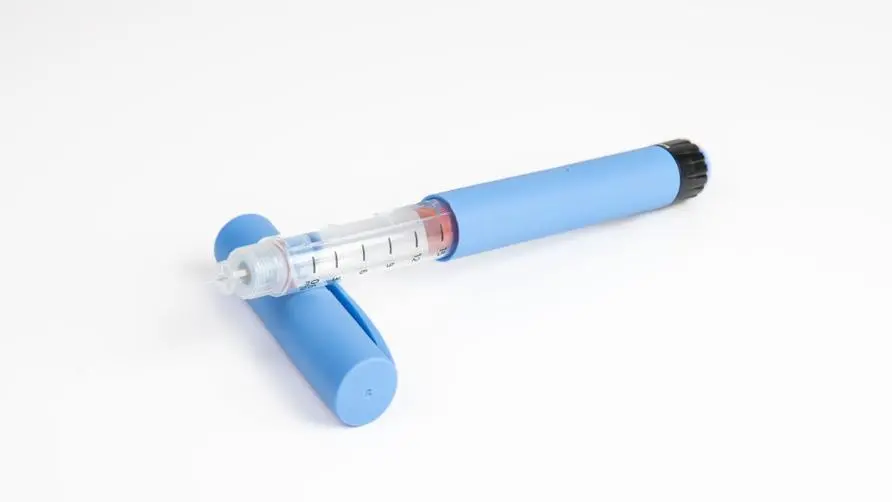Diabetes Physician Q&A (1): What are the sudden symptoms of hypoglycemia? Why diabetics need kidney dialysis? Treatment principle and dosage form of Slim Pen

Once a “hypoglycemia” event occurs in a diabetic patient, it may cause damage to the physiology and conscious awareness of hypoglycemia. Severe and long-term hypoglycemia will also lead to an increase in diabetes-related complications and even affect cognitive function. Clinicians should educate patients important projects. Continuous glucose monitor (CGM) can be used to help evaluate blood sugar stability after evaluation by a physician. If hypoglycemia occurs frequently, unexpectedly, or blood sugar fluctuates too much, the goal may be relaxed appropriately.
Is hypoglycemia more dangerous for diabetics? What are the symptoms of severe hypoglycemia?
Hypoglycemia may cause immediate harm and subsequent psychological trauma to patients, making blood sugar control more unstable. Diabetic patients and their family members must be able to identify and deal with hypoglycemia events urgently. When self-monitored blood sugar is lower than 70 mg/dl or has a rapid downward trend, they should pay attention to the occurrence of hypoglycemia.
The American Diabetes Association care guidelines divide hypoglycemia into three levels. Level 1 is blood sugar less than 70 mg/dL, level 2 is blood sugar less than 54 mg/dL, and level 3 is severe hypoglycemia, physical or mental Serious situations that require help from others
The most typical symptoms of hypoglycemia are: numbness of hands and feet, tremors, palpitations, and night sweats. However, more than half of hypoglycemia cases have no obvious symptoms. How to accurately record the time period of hypoglycemia events can help stabilize the blood glucose variability rate. For diabetes Management is paramount.
Correct and regular medication use is an important foundation for stable blood sugar control in diabetes. In recent years, there has been significant progress in the treatment of diabetes. In addition to oral hypoglycemic drugs and insulin therapy, there are also the invention of drugs that can protect the heart and kidneys at the same time. In addition, “incretin” injection treatment, which also has a weight loss effect, can also help with weight control and has also become good news for many people with diabetes and obesity.
Do diabetics need to lose weight at the same time? The therapeutic principle and dosage form of enterocrine injection?
The ingredients of Slimming Pen are “incretin” drugs. Enterocrine is a hormone secreted by the intestines. There are mainly two types: Glucagon-like peptide (GLP-1) and gastric inhibitory polypeptide (GIP). The pharmacological effect is to delay Empties the stomach, stimulates insulin secretion and increases the brain’s sense of satiety, suppressing appetite by regulating brain signals. The advantage is that insulin secretion is stimulated when the body is in high blood sugar, so there is no risk of hypoglycemia. However, using this type of drug may cause side effects of nausea and vomiting, and the degree varies from person to person.
The “once-a-day” Slimming Pen contains “Liraglutide” and is divided into two dosage forms (Victoza/Saxenda) up to 1.8mg and 3.0mg. Only the 3.0mg Slimming Pen dosage form has indications for weight loss.
The ingredient of the “once a week” slimming pen is “Semaglutide” (Ozempic/Wegovy), and the dosage for diabetes is 0.25mg to 1mg.
Kidney disease is one of the three major complications of diabetes, and diabetic kidney disease is the main cause of kidney dialysis around the world. Since urinary protein in kidney disease may not be directly judged by the naked eye, diabetics should not only undergo regular examinations related to kidney disease indicators, but also pay attention to the kidney disease warning signs of “soaking, water, high, poor, and tired”.
Why are diabetics more likely to undergo kidney dialysis? What kidney function indicators should we pay attention to?
Diabetic nephropathy is mainly related to poor blood sugar control. When the kidneys filter blood with high blood sugar concentrations for a long time, it is easy to cause structural changes in kidney cells, thereby damaging the kidney’s filtration function. Once a diabetic patient is found to have abnormal kidney function such as creatinine, they are at risk of needing dialysis (kidney dialysis) within an average of about 10 years.
People with diabetes face a higher risk of cardiovascular disease and chronic kidney disease. About 1/4 of the 30 billion annual care expenditure is used for kidney dialysis. The proportion of chronic kidney disease among people with diabetes increased from 9.17% to 17.92%.
People with diabetes must pay attention to kidney function early and check “glomerular filtration rate” (eGFR) and “proteinuria” regularly. Through the “concentric circle” model of kidney disease risk assessment, when the kidney function light changes from green to yellow You should be more vigilant when using lights or orange lights to control the risk of kidney disease as soon as possible.
If people with diabetes have poor blood sugar control, they will increase the risk of complications such as damage to large and small blood vessels, nerves, and eyes. Statistics in recent years have found that the proportion of diabetes combined with high blood pressure and hyperlipidemia has been increasing. One out of every two new diabetics has high blood pressure at the same time, which is prone to stroke problems. People with diabetes should pay attention to the three “ABC” control standards: glycated hemoglobin (A1C) should be below 7%, blood pressure (Blood pressure) should be less than 130/80Hg, and low-density lipoprotein cholesterol (LDL) should be less than 100mg. In addition, the proportion of young people with diabetes is increasing, and people with a family history of diabetes should pay attention to blood sugar-related indicators as early as possible.
Are people with diabetes getting younger? Should we pay attention to blood sugar indicators before the age of 40?
The number of young people with diabetes before the age of 40 is increasing. It is estimated that it is related to the lifestyle of modern society, especially the obesity rate and Westernized refined diet, which are important factors affecting diabetes. Looking at long-term data, diabetes in Taiwan before the age of 40 has increased by about nine times from the past to the present, and even close to 20 times by those under the age of 20.
As diabetes in Taiwan is gradually becoming younger, the number of people with diabetes under the age of 40 is increasing, which may be related to multiple factors. Including bacterial infections (such as COVID-19), dietary changes, lifestyle, environmental factors and ionizing radiation.
In addition to regular health examinations starting at the age of 40, people over the age of 35 if they have a family history can regularly test fasting blood sugar, postprandial blood sugar (random blood sugar) and glycated hemoglobin to understand their blood sugar status as early as possible.
Further reading:





